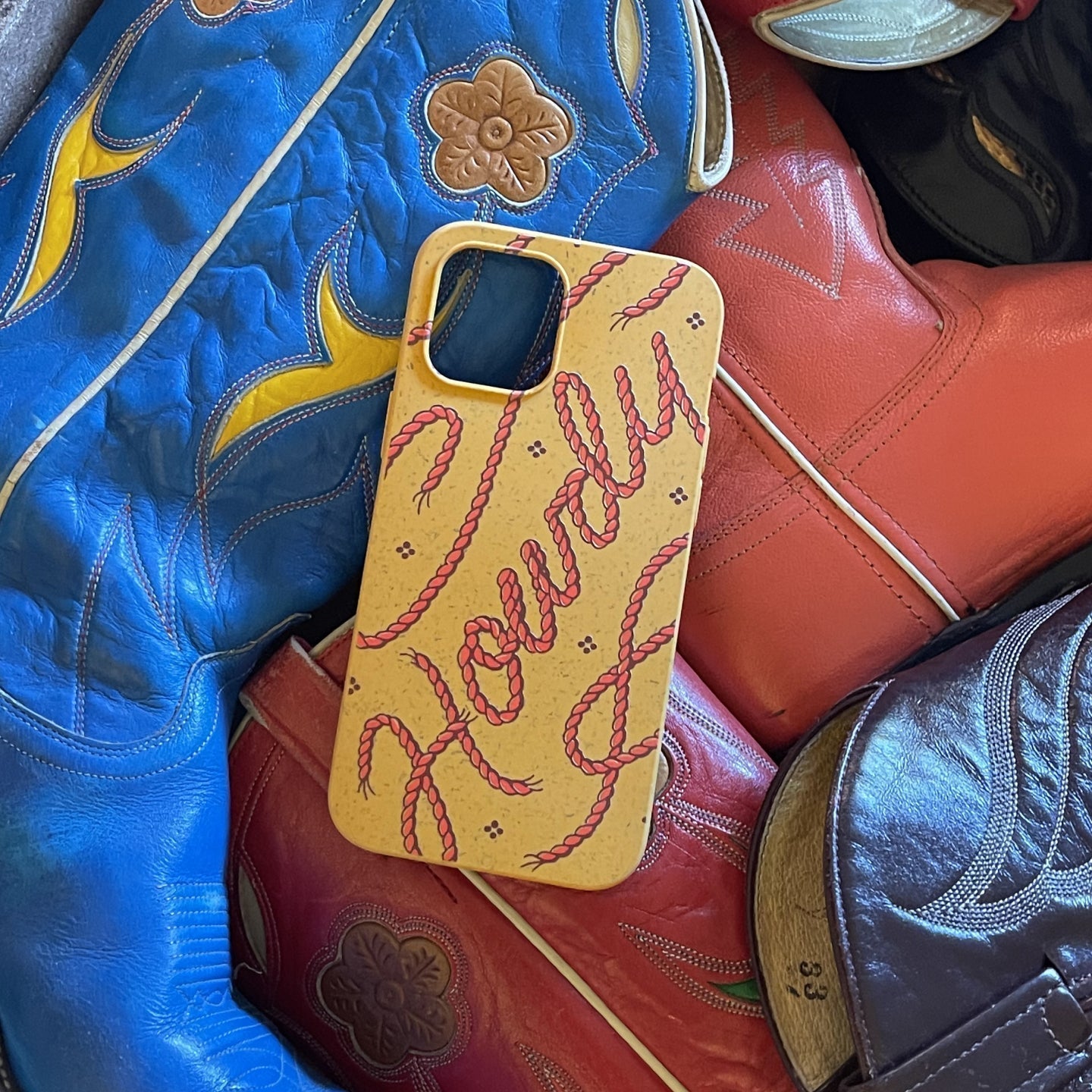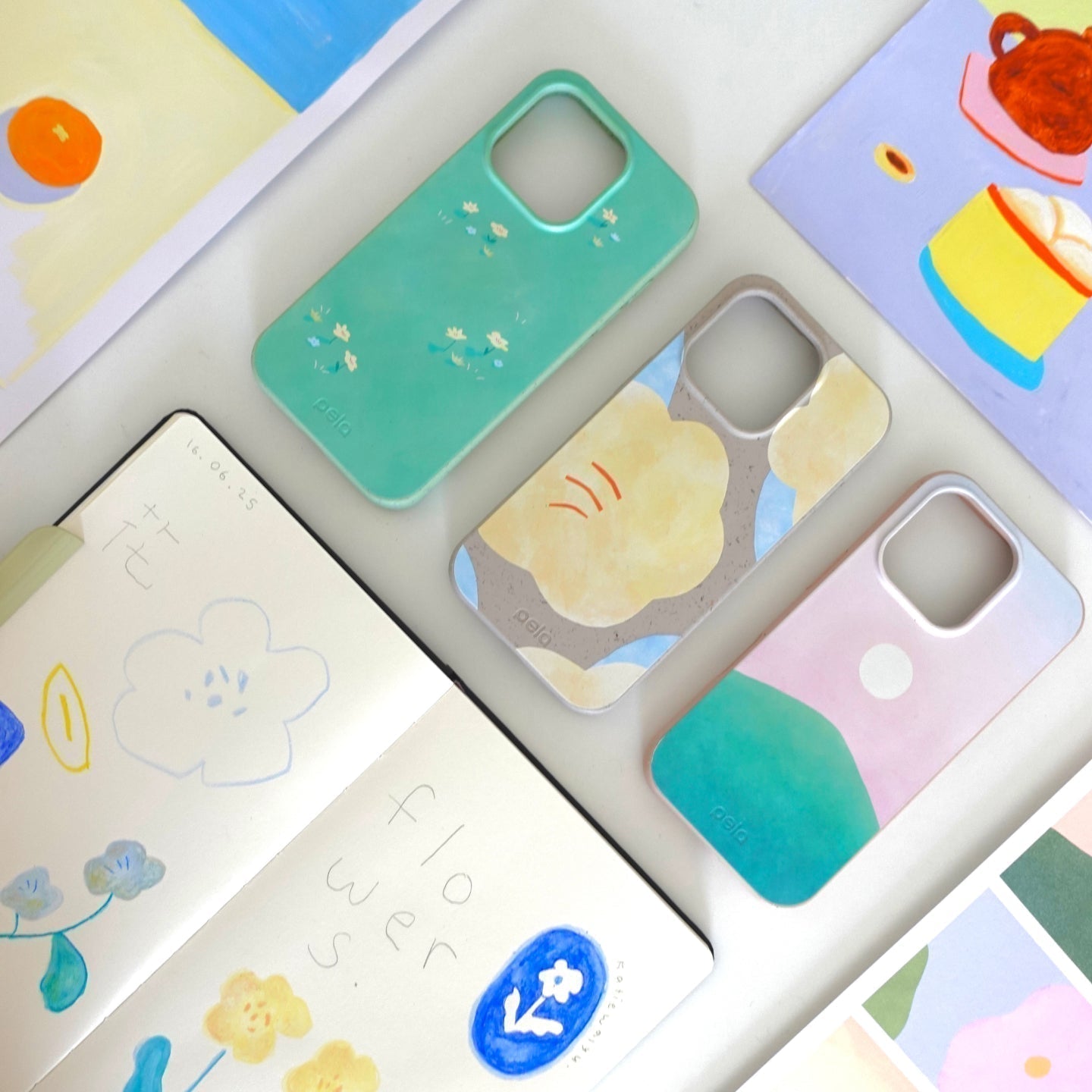Do you ever turn on the tap and think about how lucky you are? Having clean drinking water, showing up straight to your home is pretty amazing and something many of us take for granted.
We live on a planet, and most of it is made up of water, but only 0.007% of the water on Earth is actually available for drinking.
That's it! It's such a small percentage, and many of us don't even have to think about clean water. We just turn on our tap and there it is.
Have you ever thought about having to walk to get your water? That's a reality for many people.

Young girls can go to school. Women have time to work. Families gain food security, and the health of the entire community improves.
WATER MEANS:
- Getting an education
- Going to work
- Hygenic living conditions
- Being healthy
- LIFE
- 40% of the world’s population is affected by water scarcity
- 2.4 billion people don’t have access to basic sanitation services like toilet
- 840 million people live without access to clean, safe, drinking water

Water is a precious resource and it's something we should absolutely conserve. I'm breaking this post down into two different sections, how to save water at home and how to save virtual water.
When we think about conserving water, we normally think about turning off the tap and taking shorter showers.
And, while that's absolutely important! Let's not forget that water is used in the creation of EVERY. SINGLE. ITEM. This is called virtual water. It's the water we don't see, and it's where our water footprint is the highest.
Average daily indoor water use in the US is around 60 gallons per person per day, but the virtual water use is in the thousands of gallons. Don't believe me? Check out the Water Footrpint Calculator - it's very eye-opening.
Here's a little look at some of the water footprints for common items:
- It takes 1,910 US gallons for ONE pound of beef (BCRC)
- It takes 2,700 gallons of water for ONE cotton t-shirt (National Geographic)
- It takes 8 gallons of water to create ONE paper plate. (EPA)
- It takes 37 gallons of water to create ONE roll of toilet paper (Scientific American)
- It takes 3 liters of water to create ONE liter of bottled water (Academy of Sciences)

5 Ways to Save Virtual Water
- Keep it real: Use real plates and cloth napkins. It might sound like more water is being used in washing the items, but it actually takes 8 gallons of water to make one paper plate whereas the average dishwasher only uses 6 gallons of water. Look at all those water savings.
- Watch what you eat: Agriculture accounts for 65% of the world's freshwater. Opt for low water crops instead of high water crops. Reduce your meat and dairy intake. Try to add in more low water crops like corn, sweet potatoes, amaranth, and black-eyed peas.
- Watch what you wear: Did you know it takes a lot of water to make one cotton t-shirt!? Shop for clothing second hand, find contentment in what you already own, host a clothing swap with friends and know you're saving lots of water!
- Go for recycled: When it comes to toilet paper, opt for recycled content instead of virgin paper. Another great way to reduce the amount of toilet paper you use is to get a bidet attachment. They're fairly inexpensive starting around $35 and will pay for themselves in a month or two. They're really easy to install at home, and it's honestly been one of my favorite zero-waste swaps!
- Choose reusables: I know this sounds similar to keepin' it real, and it is but I want to emphasize disposable "convenience" products like water bottles and paper coffee cups. Instead, invest in one nice reusable bottle that's insulated. It's perfect for keeping hot drinks hot and cold drinks cold so you only have to carry one bottle with you.
Looking for more ways to reduce the number of disposable items in your life? Be sure to check out our 31-Day Plastic Free Challenge!

5 Ways to Save Water at Home
- Turn off the tap: Whether you're brushing your teeth, your hands, the dishes. Turn the water off when not in immediate use. Keep a basin in your sink to wash your dishes.
- Shower with a bucket: While your shower water heats up, use a bucket to catch the cold water. Use it to water your lawn, flush your toilet, or wash your dishes.
- Shower less: Most people shower WAY too much. You shouldn't shower daily unless you're very sweaty or very dirty. It's not good for your skin. If you're prone to getting stinky just wash the stinky parts like the pits and feet, and save a full shower for later!
- Run it full: Run your laundry or dishwasher when it's full to conserve water.
- Change your landscape: Reduce the amount of grass you have and opt for drought friendly lawn space or convert it into an edible garden, so you're able to grow local food!



